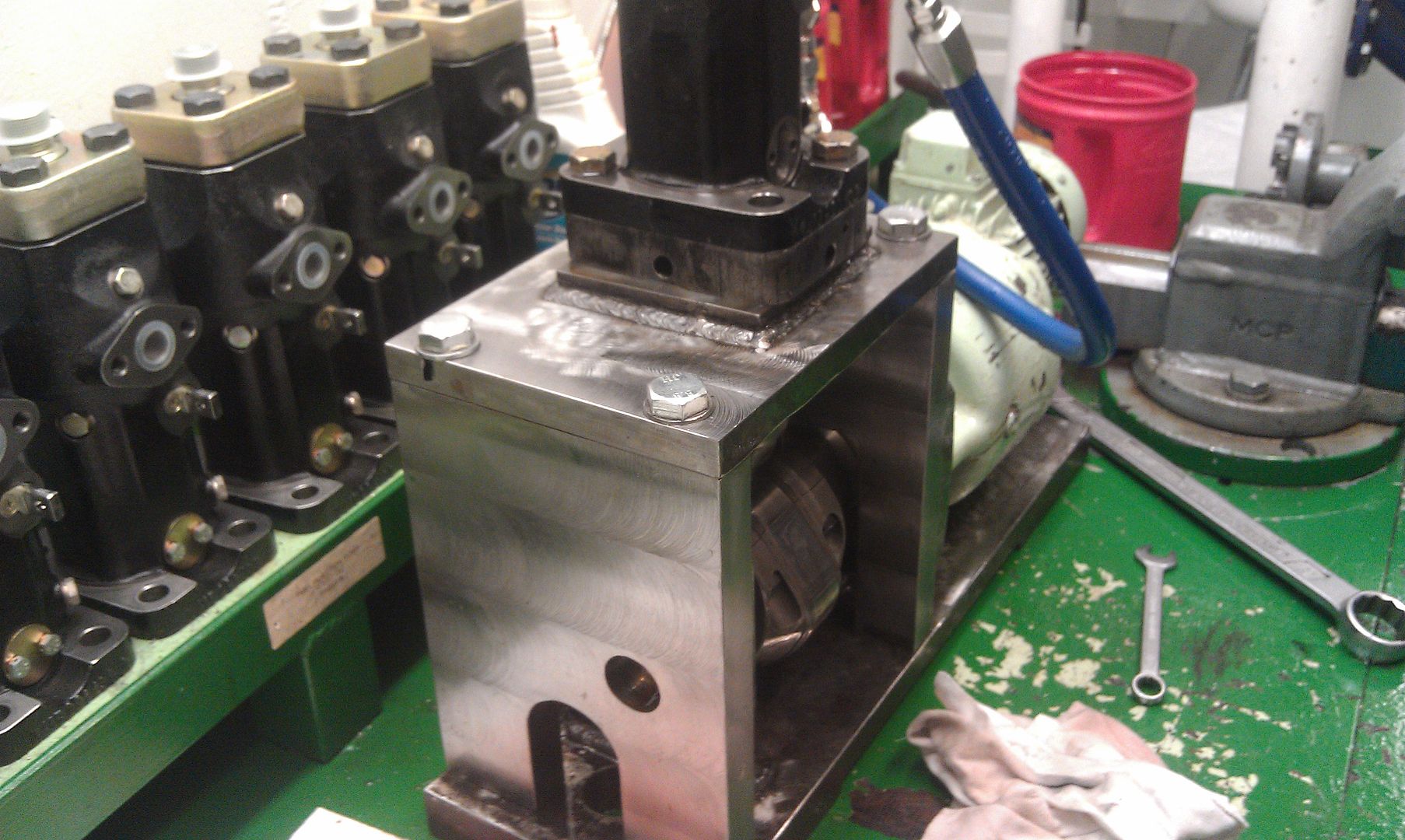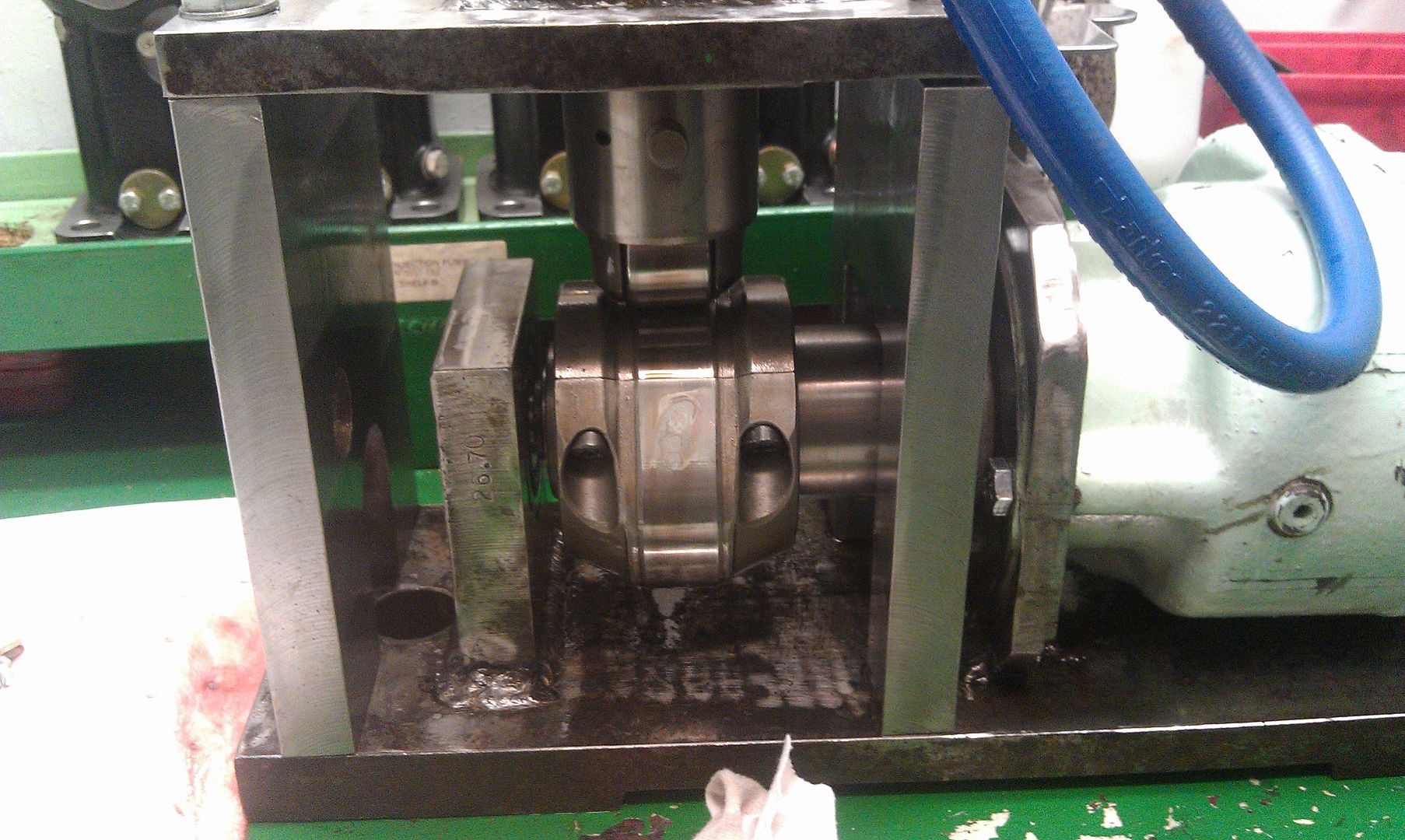The engine is a german MAK V12
since I have been here I think we have had 4 pumps replaced cause of the pins there are 72 pumps.We were told the pump test stand was $70k so we decide to build our own mainly cause one of the engineer said it cant be done[/QUOTE said:
I have heard they were rather expensive. We were thinking to try to make one when I worked for Wartsila but those Bosch pumps were the only ones that really needed it becuase of that locating pin. Everytime we had a new guy assemble a batch of pumps there would be at least half where the pin was sheared off. I always thought I was pretty good at doing them and even I sheared a couple... Gues that is why they moved me out of the field and into the office.LOL






